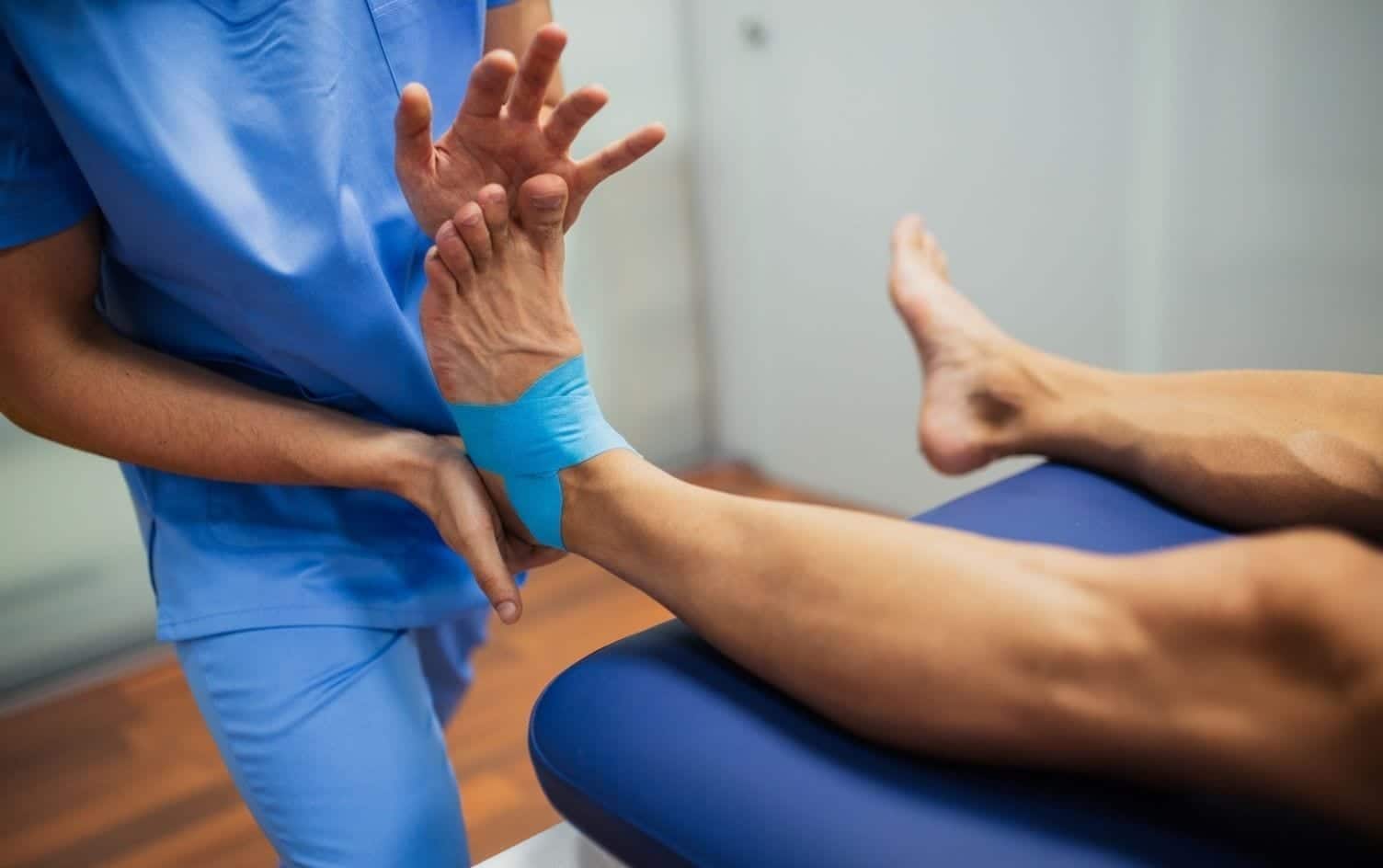There’s no doubt about it: Walking is good for you. A daily walk can improve your mood, lower blood pressure and increase bone density. It’s also a great way to kickstart weight loss or ease back into working out after some time off. Unfortunately, walking injuries do happen, especially if you ramp up too quickly or walk very long distances regularly. One of the primary body parts that tends to bear the brunt of walking injuries? Your feet.
Most pain and problems with your feet start small, explains Dr. Dana Canuso, a podiatric surgeon, but they can snowball into much bigger issues. “Stop the problems before they start, and you’ll save yourself many days of recovery in the long run,” she adds. Here, Dr. Canuso and other top podiatrists share what they wish new and veteran walkers alike knew about their foot health.
YOUR SHOES REALLY DO MATTER
If you’ve been walking in worn-out sneakers or worse, floppy sandals, listen up. “Nothing is more important than supportive shoes with a good arch,” says Dr. Canuso. That’s because no matter the walking terrain, your foot is constantly adjusting to uneven ground. “A good shoe will support your arch and help you walk effectively and safely.”
How can you tell if a shoe will do the job? If you can, take a look at the insert alone, Dr. Canuso suggests. (In most sneakers, they’re removable.) “It should have a built-up section in the arch of the foot. Also, look at the sole of the shoe. It shouldn’t be completely flat all the way around but should have a thickening of the inside of the sole at the arch,” she says. Of course, you can also tell how supportive a shoe is by feel. “When you first put on a good, supportive shoe, your feet feel like there’s no pressure on the ball or heel of the foot.”
IF YOU’RE A BEGINNER, DON’T DO TOO MUCH TOO FAST
“Take it slow and increase your distance and speed over time,” says Dr. Lucy Meier, a podiatrist at Third Coast Foot and Ankle. This is especially true if you’re taking up outdoor walks. “Walking outside is beautiful and refreshing, but also has varying terrain: hills, cracks, curbs and step-offs,” Dr. Meier points out. “It takes our body some time to get used to this. Even if you’re used to walking 5 miles on the treadmill, walking 5 miles outside is going to feel different and take a different toll on your body.”
PAY ATTENTION TO WHERE YOU WALK
Sometimes the particulars of our walking habits can impact our feet in ways we wouldn’t expect. “Do you always walk on the right side of the road? Go a different direction, so you can walk on the left,” suggests Dr. Canuso. “Your ankle tilts slightly if the road tilts, and if you’re always going the same direction, you can get overuse injuries to one side or the other.”
DON’T IGNORE FOOT PAIN
“With any exercise, I always advise to ‘know your body,’ meaning if something is hurting you, you need to listen to that pain before it becomes worse,” says Dr. Brad Schaeffer, the podiatrist and foot and ankle surgeon from TLC’s “My Feet Are Killing Me.”
A lot of Dr. Schaeffer’s patients show up after they’ve already been experiencing pain for long periods. “Unfortunately, this isn’t always a quick fix. A small pain in the foot typically can’t be fixed as fast as the patient would like,” says Dr. Schaeffer. His advice: Get your feet checked out by your doctor or a podiatrist if you’re experiencing any foot pain at all, especially related to your walks. “By not allowing the pain to linger and get worse, you can get back to walking and exercising quicker,” he explains. Plus, untreated foot issues can start to affect other areas of the body. “Once you let a problem get bigger, then you start to overcompensate and cause other issues, like a domino effect.”
KEEP AN EYE ON YOUR HEELS
The most common foot complaint related to walking is something called plantar fasciitis. “Plantar fasciitis is caused by a tight cord on the bottom of our feet called our plantar fascia,” says Dr. Schaeffer. “This causes a pulling effect on our heel and arch, which then causes a lot of pain.” One of the best ways to prevent plantar fasciitis is to ensure you’re wearing supportive shoes.
Dr. Schaeffer also recommends adding insoles to your walking shoes if needed. These are widely available and are usually found at pharmacies and even some grocery stores. Lastly, to ensure your feet stay in walking shape, a solid stretching and warmup routine is a good idea.
SHOW YOUR FEET SOME LOVE
Most of us don’t spend a lot of time looking at our feet. But Dr. Schaeffer recommends giving them a quick check after walks to make sure everything’s looking good. Also, don’t forget to take care of your feet the same way you do other parts of your body. “Soak your feet in Epsom salts to improve circulation and help with inflammation or swelling,” suggests Dr. Schaeffer. “Additionally, it’s always nice to perform or receive a foot massage, which provides those foot and ankle muscles with some much-needed TLC.”
Make progress every day while you work on fitness and nutrition goals, like walking more steps. Go to “Plans“ in the MyFitnessPal app for daily coaching and easy-to-follow tasks to keep you motivated.




